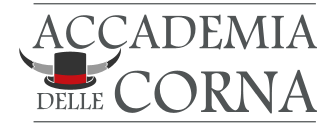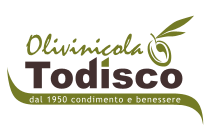The interior of the structure is harmonious and aesthetically elegant. The latter is emphasized by the decorative stuccoes and frames that recall Arabesque-style motifs.
Set between the stuccoes of the sails of the vault, there are four ovals with figures depicting Carmelite saints. While at the top of the arches of the median side chapels are depicted in two scenes from the Old Testament, "Judith killing Holofernes" and "Jael planting the peg in the head of Sisara", typically eighteenth-century representations.
A total of six chapels overlook the central nave, three on each side. In specific order on the left side we meet the chapel dedicated to San Giuseppe, in which stands a canvas, the work of the painter Carelli, which depicts the passage of the saint, followed by the chapel dedicated to the Archangel San Michele to close with the chapel of the Sacred Heart of Jesus.
On the right side, however, we first meet the chapel dedicated to Saint Lucia, depicted in the main canvas by Carlo Porta. In the same chapel there are two further round-shaped paintings, depicting the Ecstasy of Santa Teresa on the left and the Martyrdom of San Sebastian on the right.
Going further on the right side we meet the chapel of San Francesco da Paola and at the end that of Santa Teresa d’Avila, in which the same saint was depicted by its author Vincenzo Fato from Castellano while presenting the Rules of the SS. Trinity. Fate himself is the author of the two works in round format in the chapel depicting Sant’Andrea di Avellino on the left and Santa Rosalia on the right.
 This website project born from the idea of Gianni Musaio is enclosed in a team spirit and is the result of the collaboration of people, ordinary citizens, who care about the historical, cultural, artistic, geographical, food and wine heritage of the historic center of Putignano, a town in to live.
This website project born from the idea of Gianni Musaio is enclosed in a team spirit and is the result of the collaboration of people, ordinary citizens, who care about the historical, cultural, artistic, geographical, food and wine heritage of the historic center of Putignano, a town in to live.



















